Addressing Dripping in Your New Kitchen Faucet
A new kitchen faucet can bring a fresh and updated look to your kitchen, but dealing with a dripping faucet can quickly become frustrating and wasteful. Whether your faucet is brand new or recently installed, a dripping faucet is a common issue that requires attention to prevent water waste and potential damage to your kitchen fixtures. In this comprehensive guide, we will explore the possible causes of a dripping faucet in a new kitchen, troubleshooting steps to identify and fix the problem, preventive measures to avoid future issues, and professional assistance if needed.

Possible Causes of Dripping Faucets
Loose or Worn-Out Parts: One of the most common causes of a dripping faucet in a new kitchen is loose or worn-out internal components. Over time, the seals, O-rings, and other internal parts of the faucet may become worn or damaged, causing water to leak and drip from the spout. This can occur even in brand-new faucets due to manufacturing defects or improper installation.
High Water Pressure: Excessively high water pressure can put a strain on the faucet’s internal components, leading to leaks and dripping. If your new kitchen faucet is experiencing high water pressure, it can cause the seals and O-rings to wear out more quickly, resulting in water leakage. Installing a pressure-reducing valve or adjusting the water pressure at the main water supply line can help alleviate this issue.
Improper Installation: Incorrect installation of the new kitchen faucet can also lead to dripping issues. If the faucet components are not properly aligned or tightened during installation, it can cause leaks and dripping from the spout or handle. Ensure that the faucet is installed according to the manufacturer’s instructions and guidelines to prevent installation-related problems.
Corrosion or Mineral Buildup: Corrosion or mineral buildup can affect the functionality of the faucet’s internal components, leading to leaks and dripping. Over time, minerals in the water can accumulate inside the faucet, causing corrosion and blockages that interfere with the proper operation of the faucet. Regular cleaning and maintenance can help prevent mineral buildup and prolong the lifespan of your new kitchen faucet.
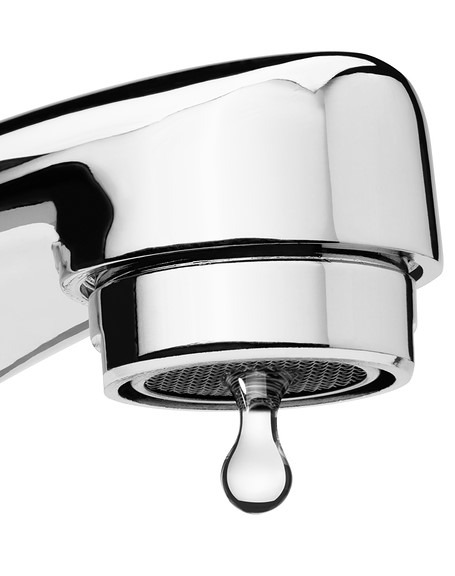
Troubleshooting and Fixing the Issue
Inspecting Internal Components: Begin by turning off the water supply to the faucet and disassembling the faucet to inspect the internal components. Check the condition of the seals, O-rings, and cartridge or valve assembly for any signs of wear, damage, or corrosion. Replace any worn or damaged parts with new ones to ensure a proper seal and prevent leaks.
Adjusting Water Pressure: If high water pressure is causing the faucet to drip, adjust the water pressure at the main water supply line using a pressure-reducing valve or regulator. Follow the manufacturer’s instructions for adjusting the water pressure to ensure it remains within the recommended range for your faucet.
Tightening Connections: Check all the connections and fittings of the faucet for tightness and proper alignment. Loose connections can cause water to leak and drip from the faucet. Use a wrench or pliers to tighten any loose connections and ensure a secure fit.
Cleaning and Maintenance: Regular cleaning and maintenance are essential for preventing mineral buildup and corrosion that can lead to dripping faucets. Clean the faucet and aerator regularly with a mild detergent and water solution to remove any dirt, debris, or mineral deposits. Use a toothbrush or small brush to clean hard-to-reach areas and ensure optimal performance.

Preventive Measures
Regular Maintenance: Implement a regular maintenance routine for your new kitchen faucet to prevent issues such as dripping. Clean the faucet and aerator regularly, inspect the internal components for wear or damage, and address any issues promptly to avoid more significant problems down the line.
Monitor Water Pressure: Keep an eye on the water pressure in your kitchen to ensure it remains within the recommended range for your faucet. Excessively high water pressure can strain the faucet’s internal components and lead to leaks and dripping. Install a pressure-reducing valve if necessary to maintain optimal water pressure.
Professional Installation: Ensure that your new kitchen faucet is installed correctly by hiring a professional plumber or contractor. Professional installation can help prevent installation-related issues such as loose connections, misalignment, and improper sealing, ensuring the long-term performance of your faucet.
Use Proper Cleaning Products: When cleaning your new kitchen faucet, avoid using abrasive cleaners or harsh chemicals that can damage the finish and internal components. Stick to mild detergents and non-abrasive cleaning products to preserve the appearance and functionality of the faucet.
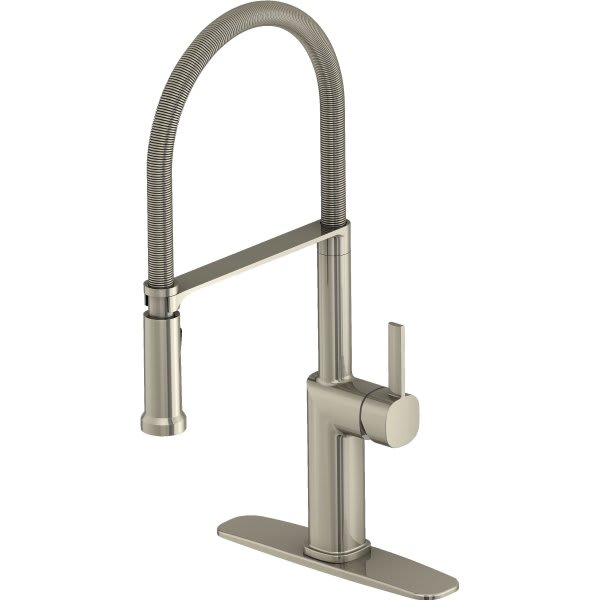
Common Mistakes to Avoid
Ignoring Water Pressure: Ignoring excessively high water pressure can lead to dripping faucets and other plumbing issues. Monitor and adjust the water pressure as needed to prevent strain on the faucet’s internal components.
Skipping Regular Maintenance: Neglecting regular cleaning and maintenance of your new kitchen faucet can result in mineral buildup, corrosion, and other issues that contribute to dripping. Implement a regular maintenance routine to keep your faucet in top condition.
Incorrect Installation: Improper installation of the new kitchen faucet can lead to leaking and dripping issues. Ensure that the faucet is installed correctly according to the manufacturer’s instructions to prevent installation-related problems.
Using Harsh Cleaning Products: Using abrasive cleaners or harsh chemicals on your new kitchen faucet can damage the finish and internal components, leading to leaks and dripping. Stick to gentle cleaning products to preserve the appearance and functionality of the faucet.
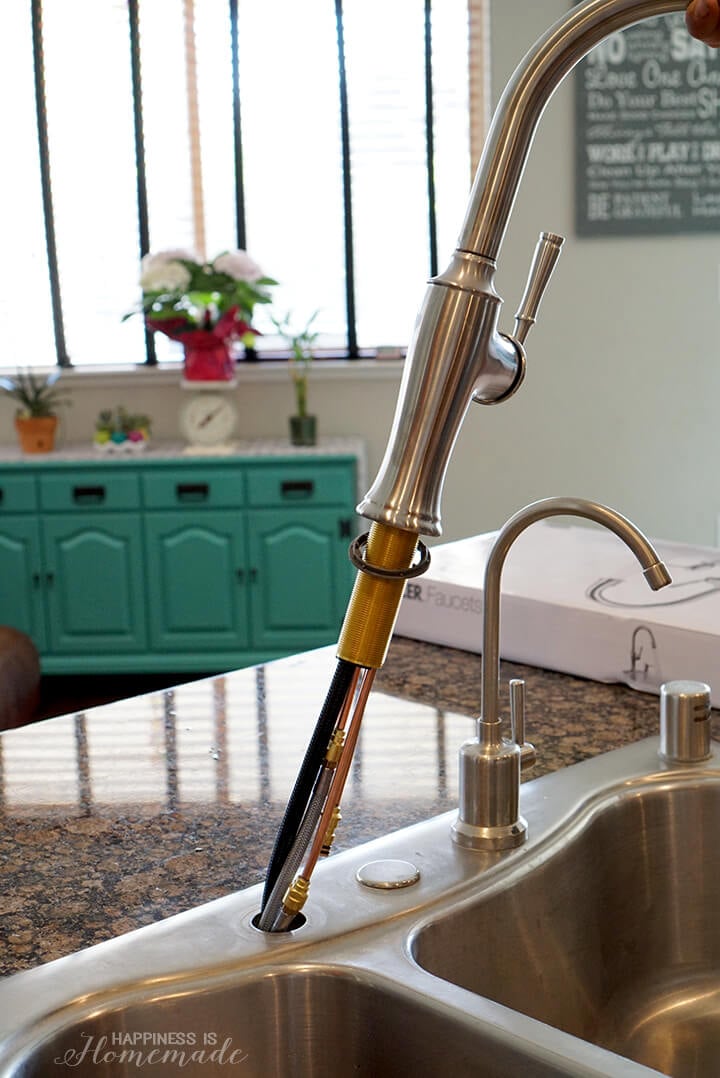
Why is my new kitchen faucet dripping?
Dripping faucets in a new kitchen can be caused by loose or worn-out internal components, high water pressure, improper installation, or corrosion/mineral buildup. Proper troubleshooting and maintenance are necessary to identify and fix the issue.
How can I fix a dripping faucet in my new kitchen?
To fix a dripping faucet, inspect the internal components for wear or damage, adjust the water pressure, tighten connections, and clean the faucet regularly. If the issue persists, consider hiring a professional plumber for assistance.
Can high water pressure cause a new kitchen faucet to drip?
Yes, excessively high water pressure can strain the faucet’s internal components, causing leaks and dripping. Installing a pressure-reducing valve or adjusting the water pressure at the main supply line can help alleviate this issue.
Is professional installation necessary for a new kitchen faucet?
While DIY installation is possible, professional installation is recommended to ensure proper alignment, tight connections, and correct sealing of the faucet. Professional plumbers have the expertise to install faucets correctly and prevent issues such as leaking and dripping.
How often should I clean and maintain my new kitchen faucet?
It’s essential to clean and maintain your new kitchen faucet regularly to prevent mineral buildup, corrosion, and other issues. Implement a cleaning routine and inspect the faucet periodically for any signs of wear or damage that may require attention.
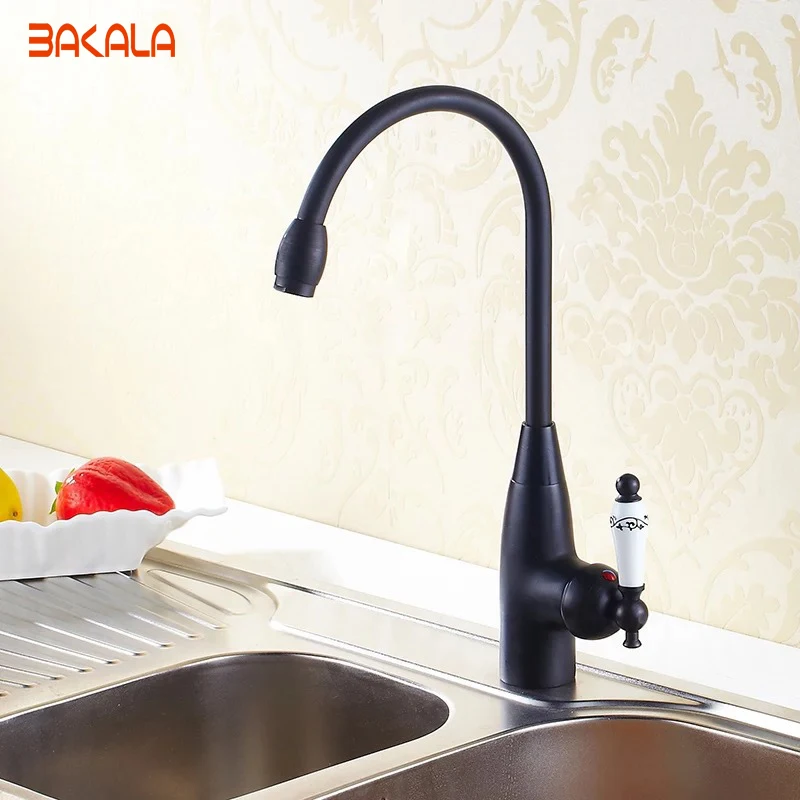
Dripping Kitchen Faucet

Faucet Drip 2 Flickr – Photo Sharing!
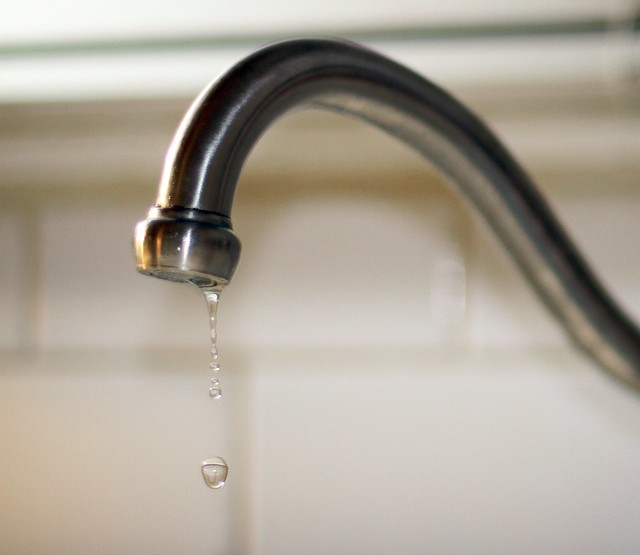
How to Clean the Kitchen Sink DoItYourself.com

How to Do Faucet Repairs: Tips and Guidelines HowStuffWorks
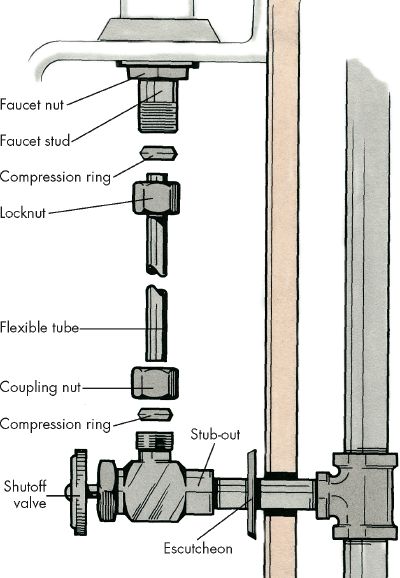
How to Repair a Drippy Faucet Home Guides SF Gate

Delta 19962Z-SSSD-DST Charmaine Single-Handle Pull-Down Sprayer Kitchen Faucet eBay
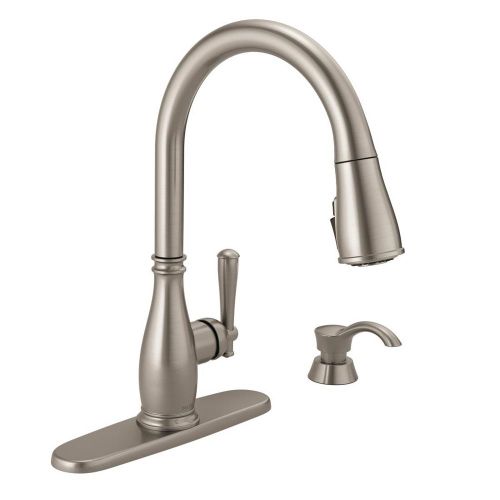
Moen High Arc Kitchen Faucet Leaking O-Ring Replacement – YouTube

Related Posts:
- Chrome Kitchen Faucet With Spray
- Delta Kitchen Faucet Leaking Under Sink
- How To Remove Kitchen Faucet Handle Without Screws
- Moen Single Handle Kitchen Faucet Problems
- Delta Arabella Kitchen Faucet
- How To Replace Kitchen Faucet Head
- Bold Look Of Kohler Kitchen Faucets
- Grohe Essence New Kitchen Faucet
- Peerless Pull Out Kitchen Faucet
- Professional Kitchen Faucets Home